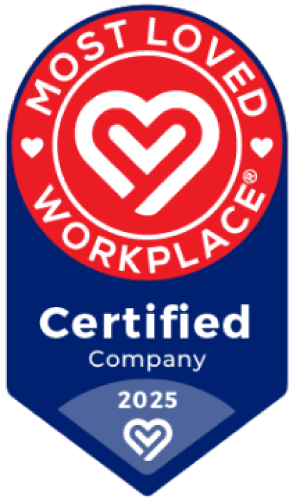Renovating Your Home with a HELOC: How to Fund Your Dream Home Improvements
Home improvements can make your home more appealing and increase its value. But these projects can be costly and place a dent in your wallet. Or you can tap into your home’s equity and set up a line of credit to cover the costs. A home equity line of credit (HELOC) is flexible, convenient and available when you need it. Here’s what to know about HELOCs and why they can be a smart way to enhance your living space.
HELOCs for Home Renovations: How it Works
A HELOC is a form of revolving credit that acts as a second mortgage. There are no spending restrictions. Many homeowners use them to fund home improvements.
HELOCs are flexible and operate similar to credit cards. You can borrow funds as needed during what’s referred to as the draw period – typically up to 10 years. You’ll only pay interest on your outstanding balance. As you pay down the balance of your line of credit, the amount of available credit replenishes. Plus, some lenders offer interest-only payments during the draw period.
Once the draw period ends, the outstanding balance of your HELOC will need to be repaid. Talk with your lender about what the repayment terms will look like for you.
Some HELOCs amortize the outstanding balance over a period of time, typically 10 to 15 years. These regular, monthly payments may fluctuate as your balance, interest rate, and the remaining number of months in the repayment period change. Other lenders may require you to pay the entire outstanding balance, plus any interest, at the end of the draw period. This is known as a balloon payment.
How to Determine Your HELOC Limit for Home Improvement Expenses
Banks and credit unions usually allow homeowners to access up to 85 percent of their home equity. This figure is the difference between what you currently owe on the mortgage and what your home is worth. If you have other loans against your home, be sure to factor those in as well.
To illustrate, assume your lender lets you access 80 percent of your equity through a HELOC. If your home is worth $450,000 and you owe $325,000 on the mortgage, you have $125,000 ($450,000 – $325,000) in home equity. Consequently, you could access a HELOC of up to $35,000 ($450,000 * .80 – $325,000).
Lenders also consider your creditworthiness, debt load, monthly income, expenses, work history and your home’s value. These factors could mean you’re eligible to tap into a lower or higher amount of home equity and impact your interest rate.
HELOC Repayment Options
Here’s what to expect with HELOC repayment:
- Draw period: You can pay more than the minimum to cover the entire balance before the draw period ends.
- Amoritized Repayment period: Once the HELOC closes, you’ll make regular, monthly principal and interest payments.
- Balloon payment: Some lenders require a balloon payment once the draw period ends. It covers the entire outstanding balance on the HELOC and any accrued interest.
The Pros and Cons of Using a HELOC for Home Improvement
HELOCs come with their share of benefits and risks. Keep these in mind when deciding if this financing option is right for you.
Pros:
- Flexibility: Borrowers can draw funds as-needed instead of receiving a lump-sum disbursement upfront.
- Competitive interest rates: HELOCs often offer lower interest rates than other loan and credit card products.
- Tax-deductible interest: The interest you pay could be tax deductible if you use funds for home improvements. Talk to your tax advisor to learn more.
- Requires your home as collateral: Your home secures the HELOC, and missed payments could result in foreclosure.
- Variable interest rates: Interest rates fluctuate and could make HELOC payments unaffordable.
- Risk of overborrowing: Depending on the size of your line of credit, it could be tempting to borrow more than you are able to comfortably repay, putting you at risk for financial hardship.
Managing Your Home Renovation Budget with a HELOC
The HELOC may provide more than enough funding to cover home improvement projects. Still, it’s vital to manage your budget wisely. Here are some suggestions:
- Get an accurate estimate of renovation costs. Request quotes from suppliers and contractors so you’ll know what to expect.
- Only borrow what you need. Leave a little wiggle room in your renovation budget to cover unexpected expenses.
- Draw funds over time. Pull funds in phases to help minimize interest costs.
How to Decide if a HELOC for Home Renovations is Right for You
HELOCs are a viable option for financing home improvements or repairs. Weigh the pros and cons and confirm you have enough equity in your home before applying. Also, ask the lender about eligibility guidelines and applicable terms and conditions, including repayment terms. That way, you’ll know if a HELOC is a good fit for your financial situation.
Consider speaking with a lender from the HomeTrust Bank team to learn more about HomeTrust’s HELOCs. They can answer questions and discuss how a HELOC can bring your renovation dreams to life.
All loans and lines of credit are subject to credit approval. Talk to a HomeTrust Bank Loan Officer for more information about HomeTrust’s HELOCs.
The purpose of this article is informational and does not substitute as legal or tax advice. Consult with your tax advisor or legal representative for more information.
Ready for What’s Next?
Have questions? Ready to start building a relationship with one of our experienced bankers?










